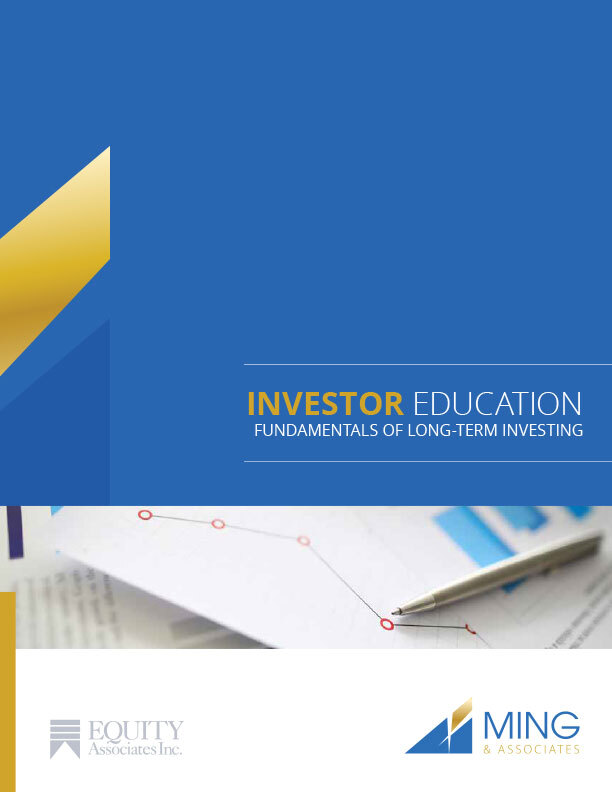Did you know that over 95% of parents in Canada say they want their child to attend some form of post-secondary education? If you think about that for a minute, you will most likely come up with obvious reasons why parents feel this way. Statistics show that by completing post-secondary education your children (or grandchildren) are increasing their chances of having a stable career, earning a higher income, and enjoying a better quality of life.
No one can deny the need for higher education even more so now than in the past. We all know that the cost of attending College or University has been growing at a much higher rate than the general rate of inflation. In the last 15 years, the average yearly cost of tuition for post-secondary education has increased by nearly 35% and continues to climb. By contributing to a child or grandchild’s education savings each year, you can rest assured you’re helping them tackle their first big financial hurdle in life.
In Canada, we are very fortunate to have the Registered Education Savings Plan (RESP) program, which you can set up for your child, grandchild, nieces or nephews.
This program is one of a few that allows invested money to accumulate and defer taxation at the hands of the beneficiary. The fact that the government provides a grant each year just adds to the already outstanding benefits of it.
Key Benefits of an RESP:
• The Canada Education Savings Grant (CESG) gives 20% on the first $2,500 of contributions annually ($7,200-lifetime maximum) per child, for a child under age 18, with the possibility of catch-up grants each year. This means the government will give you up to a $500 grant, per year, per child and possibly more depending on family income.
• Lower-income families can qualify for the Canada Learning Bond of $500, with an additional $100/year to age 15 (this is based on family income).
• There are many investment choices with an RESP including mutual funds, GIC’s, and high-interest accounts. It is important to work with your financial advisor to make sure you capitalize on the power of an RESP.
• Family plans allow more flexibility on payout (keeping in line with lifetime maximums) instead of individual plans for each child.
• Grant and growth are taxed in the beneficiary’s hand when the money is withdrawn, usually at a point when their income is low so little tax is incurred. As with any investment, having a withdrawal strategy is a key component in making tax-smart decisions.
Example:
The example below looks at an RESP set up for 2-year-old Jack (by either a parent or grandparent) in a balanced mutual fund;
| Contributions | $2,500 per year (by the parent or grandparent) |
| Government Grant | $500 per year (minimum, based on family income) |
| Annual Return | 4% |
| In 14 Years when Jack is 16 | |
| Approximate Value of RESP | $55,000 |
| Total Contributions (over 14 yrs) | $35,000 |
While the annual returns and values used are all approximate for illustration purposes, it shows the true value of an RESP. By putting small amounts of money away each year for your child, and capitalizing on government grants, you are putting your child in the best possible position to tackle the financial burden of post-secondary education. As with any investment made, it is very important to understand what you own in your RESP. Work with your financial advisor to make sure you are capitalizing on all the government grants available and making tax-efficient decisions when it is time to withdraw the money.
Helping a child fulfill their dream of higher education is a wonderful gift and quite easy to do. If you would like more information on this program for a child or grandchild please feel free to give us a call.

